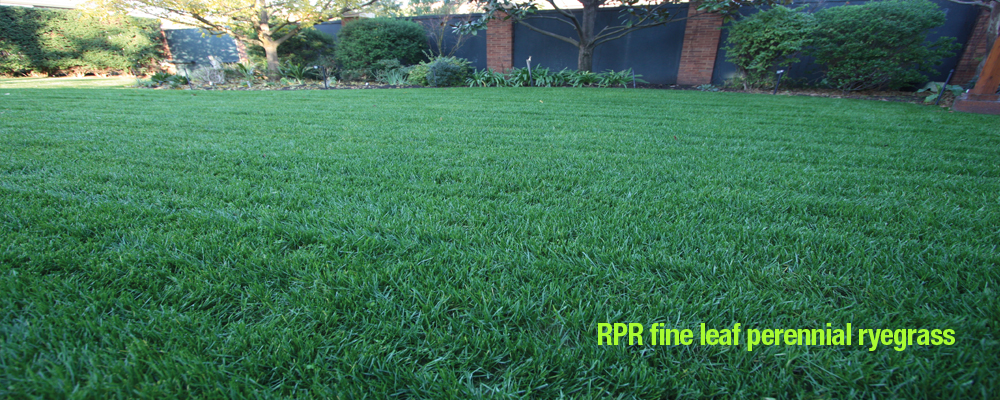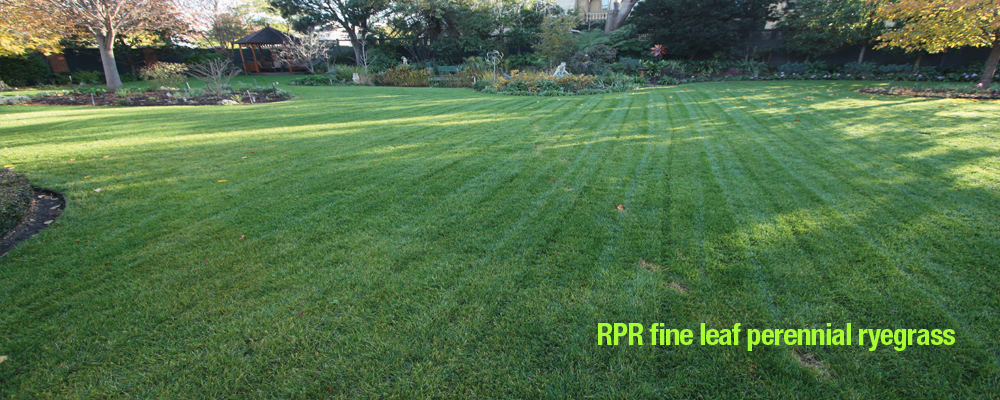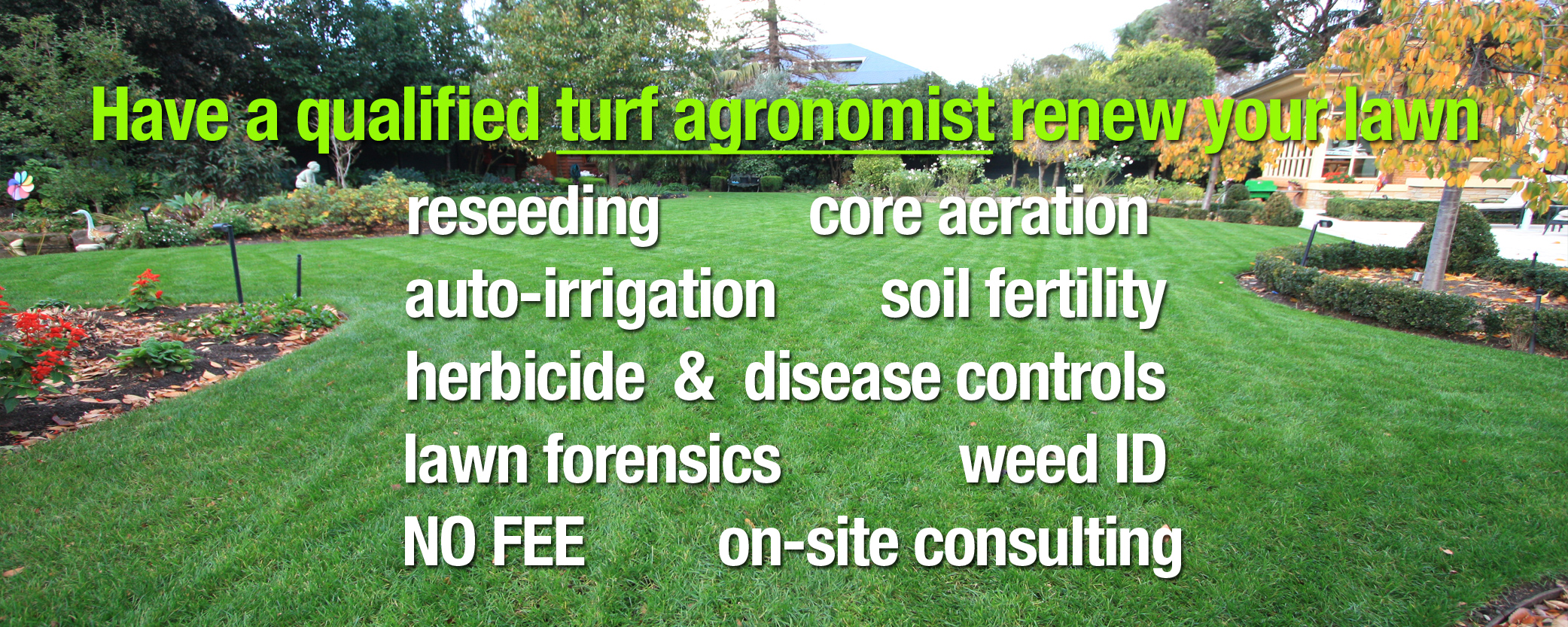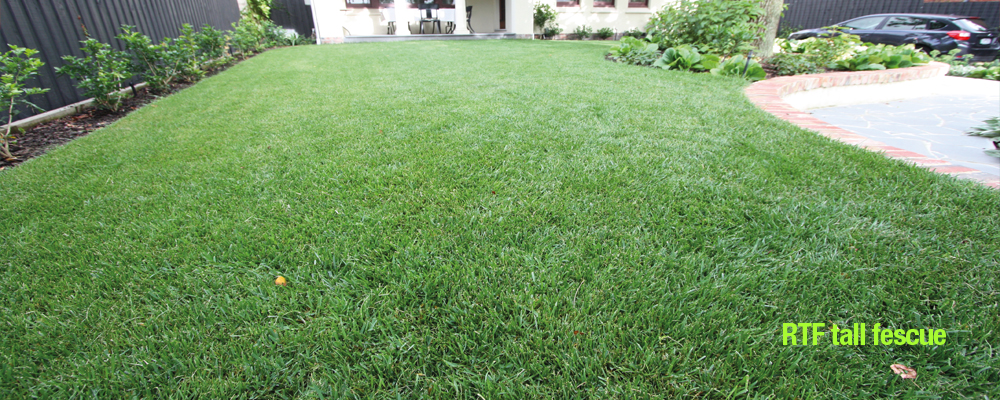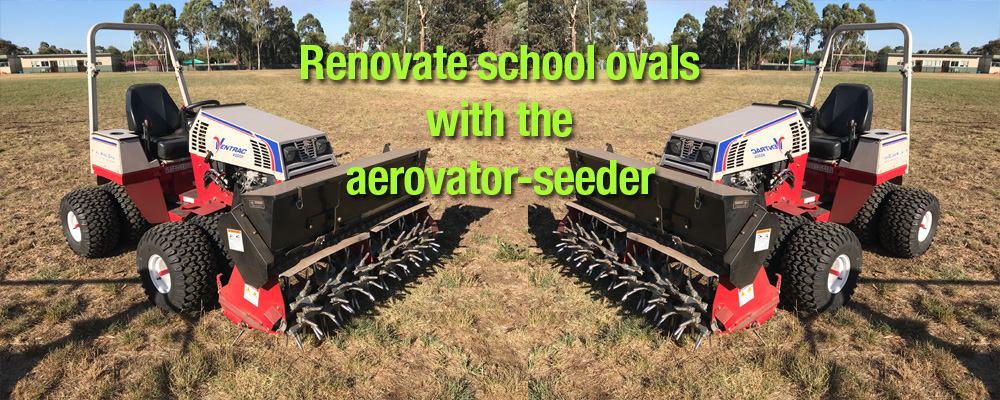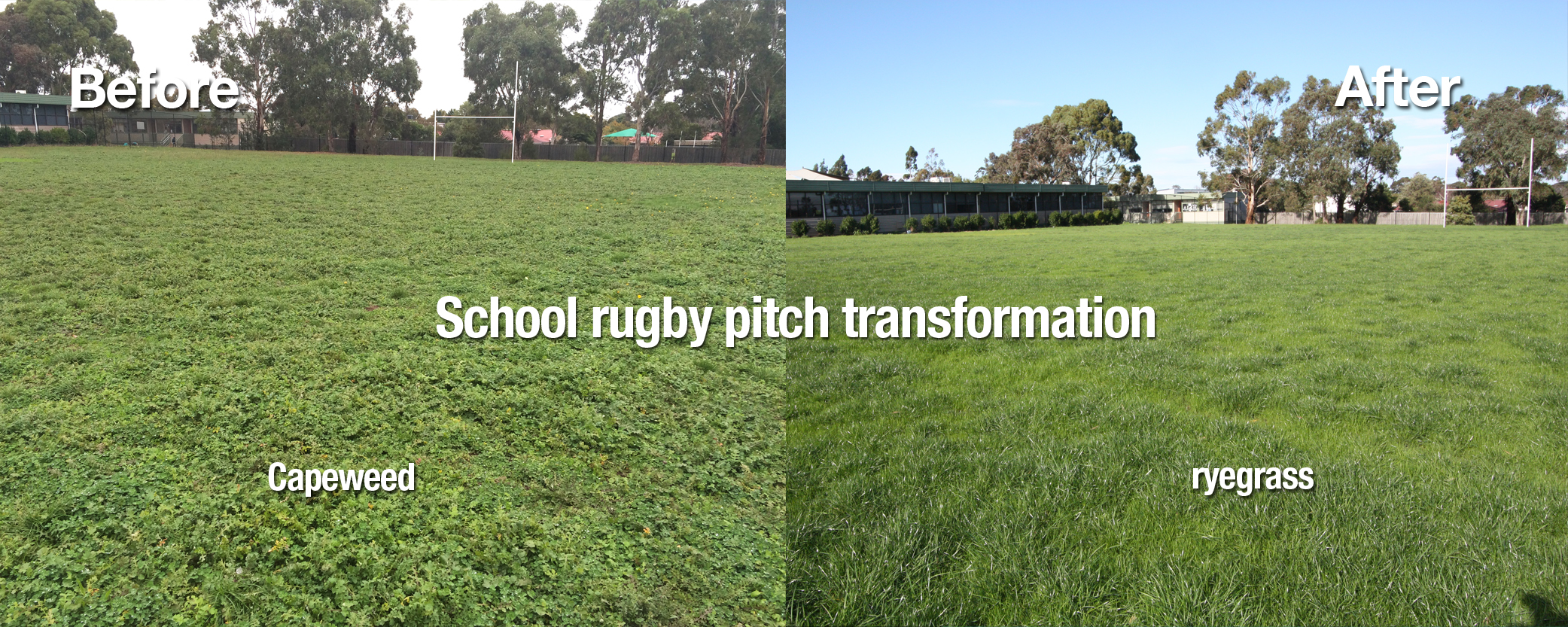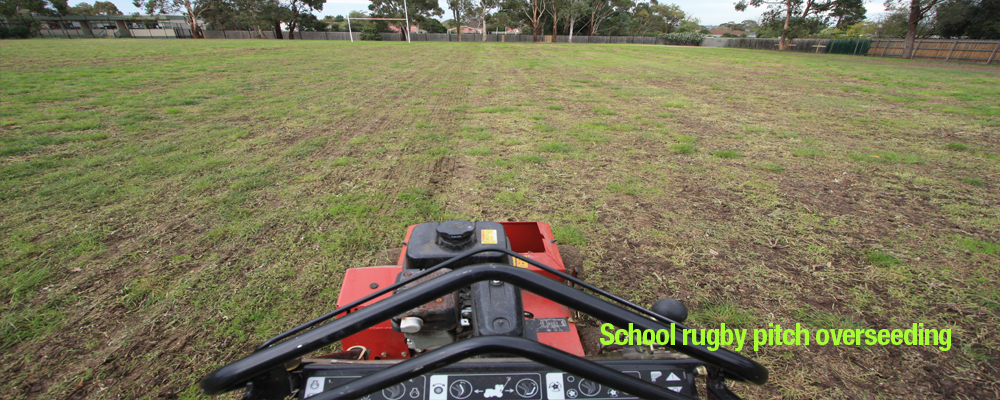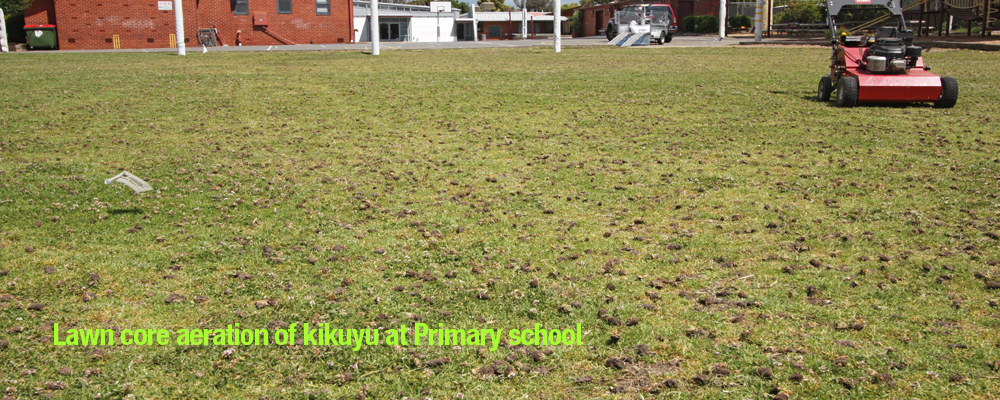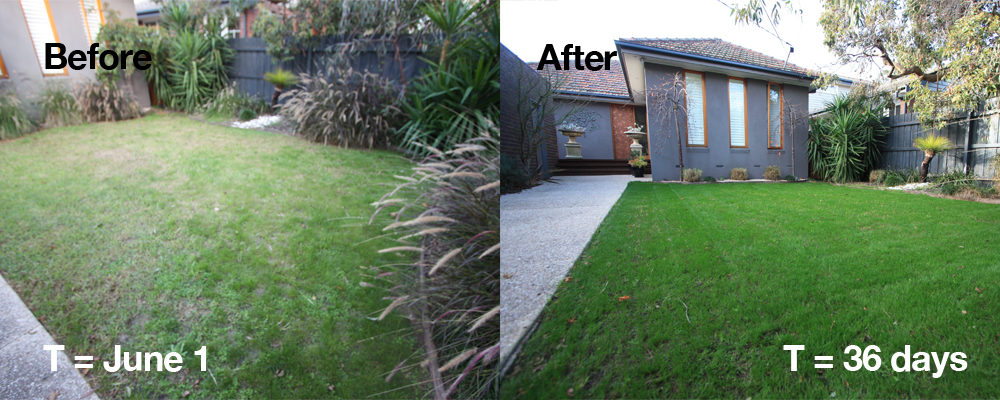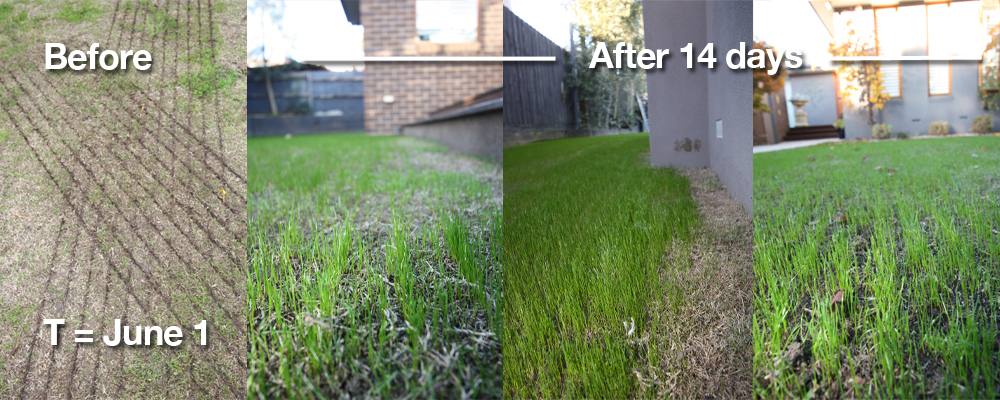
Lawn irrigation systems | planning | seasonal lawn water budgeting | system investigations | installs | repairs | retrofit upgrades | emergencies | fault finding | solenoid diagnosis | valve testing | troubleshooting | system maintenance | system extensions | controller programming | valve box finding | voltage and resistance testing | flow and pressure testing
Reseedmylawn have high level competency and 4 years of experience in the numerous dimensions of lawn irrigation. We initially received our tutelage from the best of the best lawn irrigation specialists with over 25 years experience. From there we’ve added our own experience, competencies and a thirst for continual learning – both in the field and in forum.
We are able to offer unique insights on water use from a lawn agronomy perspective.
Used intuitively, lawn irrigation is the answer to a healthy, vibrant, beautiful year round lawn. Used haphazardly, excess irrigation can be the precursor to a multitude of lawn problems; including cockchafer grub, fungal diseases, moss and algae, waterlogging and ill thrift of plants.
The premise of lawn irrigation (and garden) is as an capital investment in home green space beautification and property value; simultaneously saving on water by optimising usage to match plants seasonal or daily transpiration rates. In short – lawn irrigation pays for itself by saving your water bill and builds property value.
Planning your irrigation project off mains water
Mains water is free. You pay only to have it pressurised – and then it’s only half the price if you were to collect rain water and run a pump – here’s why!
Here is the economics.
The capital cost of tank, installation, and pump may cost say $4000. The opportunity cost of that money is around 10%. In other words, it owes you $400 pA to break even. Over 150 day irrigation days, that’s $2.67 pd or $18.67 pw. This does not include running cost like electricity, depreciation, maintenance – so let’s say $20 per week.
Mains water costs about $3.80 per Kl (1000 l) equivalent to watering 10mm over 100m2 lawn.
Supplementing rainfall and irrigating 25mm per week over summer (which is a ample) will cost $9.20 pw, around the cost of two cups of coffee.
The way to look at it is, mains water is delivered free – you pay only for the cost to have it pressurised – and even then it’s half the cost if you went the tank-install-pump option.
Do the maths! Plan your irrigation project off mains water supply.
How to plan your irrigation project
Firstly, we undertake a mains pressure flow rate test from the external tap or pump take–off. This will determine the number of zones, layout, pop-ups per zone and nozzle specifications.
Next, we draw up a scale drawing of your proposed lawn irrigation project marking in the house, gardens, lawns, main water and external house power points.
Following we draw up a proposed layouts of materials including controller, valve locations, zone layout, valves, mainline and lateral piping, sprinkler head pop-ups and other. We then draw in the spray arcs and overlaps.
We then consider options, revise the layout and materials specified ensuring the proposed layout is well within water flow, allowing for a contingency – like fitting an extra pop up.
Now we can specify a materials specification and project quotation.
We aim for your system to be a lifetime investment, trouble fee with easy serviceability and able to be scaled up or added to – like adding new zone in the future to service a new garden.
Installing a lawn irrigation system
Invariably, we specify premium commercial grade materials, components and piping. All piping is laid to a minimum of 150mm depth.
Premium materials include:
- 20mm class 12 PVC mainline and lateral piping
- Primed and glued fittings and pipe connectors
- Teflon tape to all male screw in poly fitting
- 100 mm Hunter Pro-spray pop-ups
- Premium Hunter MP rotator low pressure nozzles
- Fully height adjustable articulated risers
- Hunter or Irritrol solenoid valves
- Master valve
- Hunter X-core, Pro C or Hunter Pro HC Hydrawise controller
- Mainline brass shut off ball valve
- Brass tap take off fittings
- Valve box
- Water proofed wire connectors, multicore wiring
All PVC components joins are primed and glued. All male poly screw joins are teflon taped to ensure zero leakage. All systems are fitted with a brass shut off ball valve and master solenoid valve. PVC piping is buried to a minimum depth of 150 mm (6 inches). We design and fit the system for ease of serviceability and future extension. We even build our manifolds with an extra inlet / outlet that we cap, just in case an extra valve has to be added for a future system extension.
Lawn irrigation water budgeting
We aim to program irrigation to optimise water budgeting to turf grass plants according to a number of agronomic factors.
These include: the seasonal transpiration demand of the turf grass species, seasonal soil evaporation, seasonal plant growth, seasonal rainfall, water holding capacity of the soil and other.
For instance, cool season turf grass plants a have greater water requirement for survival through late summer then the warm season grasses such as couch or kikuyu. Warm season grasses are in dormancy through the cold winter months and require minimal watering. The presence of moss and algae is symptomatic of overwatering.
Through summer in Melbourne’s sand belt, cool season grasses benefit from frequent short period watering of the immediate root zone, rather than long infrequent deep watering where much of the water is drained into the water table. This is because of the very poor water holding capacity of sandy soil type.
System investigations | repairs | | emergencies | fault finding | solenoid diagnosis | valve testing | trouble shooting | system maintenance | system extensions | valve box finding | voltage and resistance testing | flow and pressure testing
We are frequently called upon to trouble shoot an older existing lawn irrigation system. Investigative fault finding can be very time consuming and often it’s less costly and more certain to replace suspect components.
Hydraulic failures such as a cracked or leaking pipe or component, a stuck or failed valve can be identified and fixed relatively easily.
On the other hand, electrical faults such as short or partial are much more difficult to diagnose and fix. electrical components include the station controller, wiring , valve solenoids and switches.
Irrigation systems operate on 28 volts with around 30 ohms of resistance through the controller ports, solenoids and the wiring. To diagnose an electrical short, we us a multi-metre and determine voltage and resistance of components throughout the system. It can be painstaking process of elimination and it takes time. It can be a faulty solenoid , but most often its an electrical short in the wiring looms.
Recently, we diagnosed and rectified solenoid and electrical faults in an elaborate, 20 station commercial grade irrigation system. The system had mains-tank switch, 3 x 9 core wiring looms (27 wires) buried to 0.5 m depth under paths, separate master valves for mains and a 90,000 litre tank, a maze of poly piping from retro grade system extensions, 12 separate perimeter spaced valve boxes and a 20 station Hunter ICC controller. There were no record of the system build for the 15-year-old system available.
By using logic, a process of elimination, experience of irrigation layout, and knowledge of electrical circuits; we were able to fault find the failed system. We used a multi-metre to extensively test voltage and resistance across the controller, switches, station wires for and aft, and solenoids. We were able to pin point problems, repair and restore the system to full functionality. However, as expected, the process was time consuming.
Solenoid testing
Solenoid typically have 30 ohms of resistance. If there is infinite resistance, suspect an open circuit, if there is 10 ohms of resistance and other solenoids are measuring 30 ohms, suspect a wiring short. This needs to be identified.
Wiring shorts
Most often a wiring short or open circuit is the culprit. Trouble is it can be difficult to accurately identify. It could be a damaged wire, dislodged connector wire, an open wire exposed to water and soil, or other.
Controller failure
Sometimes the transformer within the irrigation controller gives up and requires replacement.
System investigations, fault finding and emergency repairs
Reseedmylawn undertake system investigations, hydraulic and electrical fault finding, component refitting and emergency repairs.












